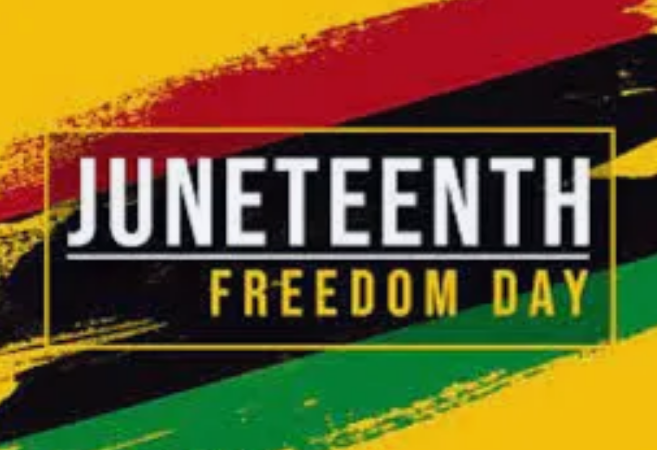By Elle Ryan, Mental Health Counseling Intern
Within the past few years, we have heard mention of the holiday Juneteenth, as it was formally recognized as a federal holiday back in 2021 under the Juneteenth National Independence Day Act. Although some Americans are only just learning about the holiday, for many Black families and communities across the United States, it is a time for the celebration of liberation, culture and joy.
But what exactly is Juneteenth? In 1863, President Abraham Lincoln created the Emancipation Proclamation, formally declaring the end to slavery in the United States. However, the proclamation did not prompt instant change.Nearly two and a half years later, slavery was still practiced. On June 19th, 1865, Major General Gordon Granger’s order officially proclaimed the freedom for the last slaves in Texas. This moment is significant as the Emancipation Proclamation ended slavery within the Confederate States and did not end slavery in states that remained in the Union, including Texas, Delaware and Kentucky. On December 6, 1865, slaves remaining in Delaware and Kentucky were freed after the abolishment of chattel slavery by the ratification of the Thirteenth Amendment to the Constitution.
Juneteenth serves as a memorial to celebrate America’s second Independence Day. Many celebrate through activities such as baseball, fishing, cookouts, parties, family reunions and rodeos. Other celebrations include public readings of the Emancipation Proclamation and African American writers’works, including Ralph Ellison and Maya Angelou. Red food and drinks (red velvet cake, strawberry soda) are also a Juneteenth tradition, symbolizing resilience and joy.
Juneteenth marks a historic milestone for the independence of African Americans and their resilience and hope. It has become the first new federal holiday since 1983 when Martin Luther King Jr. Day was adopted.

